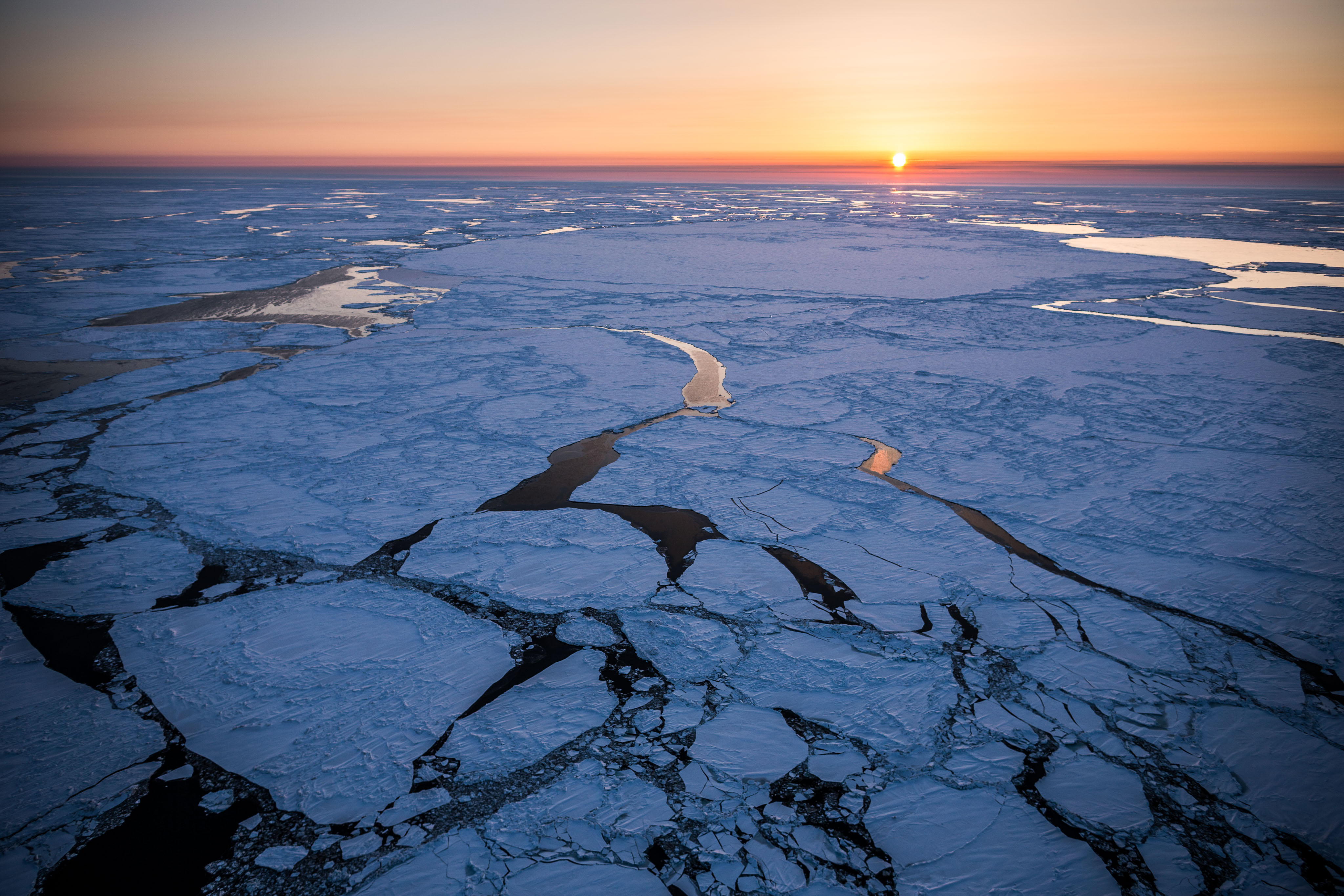The Week Ahead: Imagining an Arctic without ice, staking Arctic claims and digging deeper into Greenland’s mining industry

Note: Regular readers of the former Arctic Journal will be familiar with the Week Ahead, a weekly preview of some of the events related to the region that will be in the news in the coming week. After an involuntary hiatus caused by the closing of the Arctic Journal, Arctic Now is reintroducing the Week Ahead. Most Mondays we’ll provide you with insights into a handful of issues and events that relate to the region. If you have a topic you think ought to be profiled in a coming week, please contact us.
Let the artists take the stage
This week, the national libraries of Norway and Denmark hold three events in the Arctic Imagination project, a series of discussions at major libraries in Scandinavia, Greenland and New York City that seek to answer the question of what happens when the ice disappears.
The choice of verb to describe what is happening to ice in the Arctic is, according to organisers, deliberate. To say the ice is melting would open up the possibility that it could return. By describing it as disappearing, the emphasis is on the permanency of the consequences.
That warming temperatures are going to have an impact on the Arctic has been a message scientists have been trying to get across with increasing vigour over the past decades. What disappearing ice means for the people who live in the region remains unknown, however.
“The scientists and the diplomats have done their job to tell us what is happening. But they cannot tell us how the livelihoods of the people who live there will be affected,” says Lise Bach Hansen, of the Royal Library in Copenhagen, who believes that that libraries are uniquely suited to pick up the story where scientific facts run out.
“On the one hand, we can look back into our archives to find examples of how people’s livelihoods have changed over time, and we can look at what ice has meant for their culture, and what it symbolised for the people who travelled to the North.”
The other task, finding out what disappearing ice means for tomorrow’s cultures – in the North, as well as in the South – also suits libraries well: “that is a matter for artists, authors and others like them,” Hansen says. “It is their job to speculate in the unknown.”
Arctic lang syne
With the proliferation of conferences about the Arctic, the attraction of attending such gatherings, we learned last week, is no longer who is doing the speaking, but who will be there to do the listening.
Another reason why these events are worth looking at is what they say about the people who put them on. Last week’s Spirit of the Arctic, in Rovaniemi, Finland, seeks to brand that country as having a key role in instigating the process that led to the creation of the Arctic Council.
This week, we are in Edinburgh, attending Scotland and the New North which seeks to define the country’s interests in the region, and to ingrain in Scots the that their country, in the words of Nicola Sturgeon, the first minister, “should be looking north as well as south”.
The Edinburgh gathering focuses on Scotland’s proximity to the region, as well as the similar development issues and economic opportunities, not least in the form of tourism and transportation. Of particular interest for Edinburgh is the potential to expand ties with neighbouring Iceland and the Faroe Islands.
Scotland, though, is not the first jurisdiction (be they countries, states, provinces or regions) from outside the Arctic to push closer ties to the region. And one of the main issues we are seeking to look at here in Edinburgh is why countries are turning North. Most cite economic opportunity. Some push research ties. Still others cultural links.
As more jurisdictions seek to forge bonds with the Arctic, the question may turn out to be as much a matter of who is doing the speaking, as it is whether people in the region are listening.
SWOT-light on Greenland
When Greenland’s mining officials go out into the world to promote their country, it is often with the message that their underground is a veritable treasure trove of minerals.
For mining firms, however, the concern is more what the country lacks, in the form of the infrastructure required to get those minerals to places where they can be refined, processed and into the hands of customers.
In order to give potential investors a complete picture of how far along Greenland is with projects aimed at facilitating a mining industry, the third annual Greenland Conference, being held Tuesday in Copenhagen, has invited executives from transportation and telecommunications firms to provide an update about key infrastructure projects, including airport and port construction.
Also weighing in with their input: representatives from 25 firms involved with investment and project-development in Greenland, who were asked to anonymously contribute to an analysis that looks at the strengths, weaknesses, opportunities and threats (SWOT) related to the development of a mining industry.
As is typical for these sorts of events, mining firms already active in Greenland will be given the floor to pitch their projects. This year, however, the SWOT-light will be someplace else.